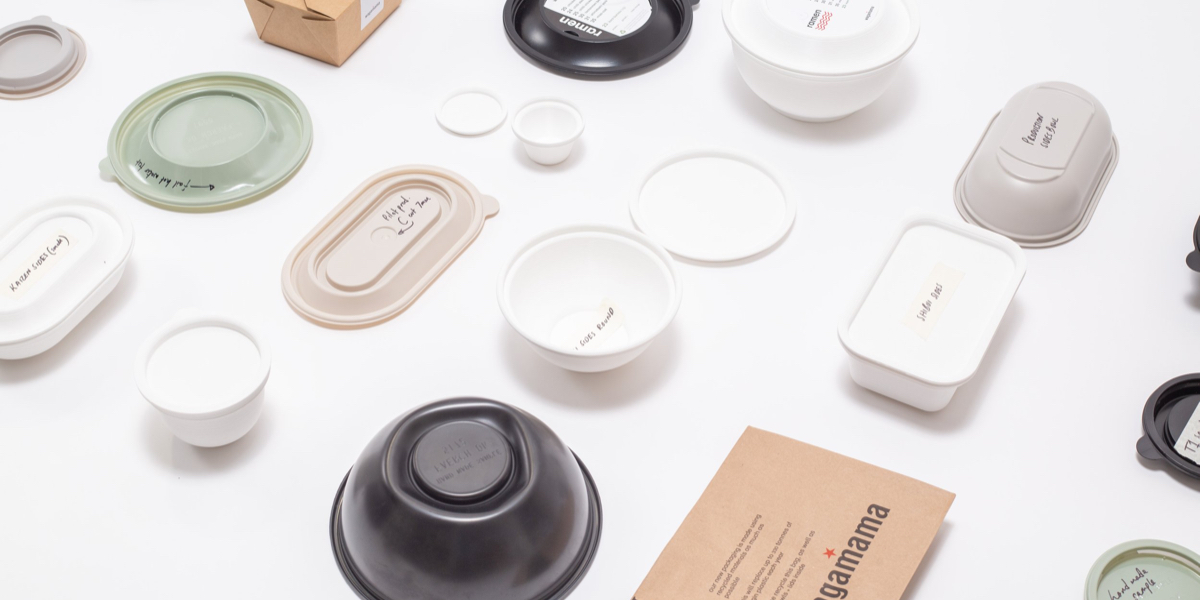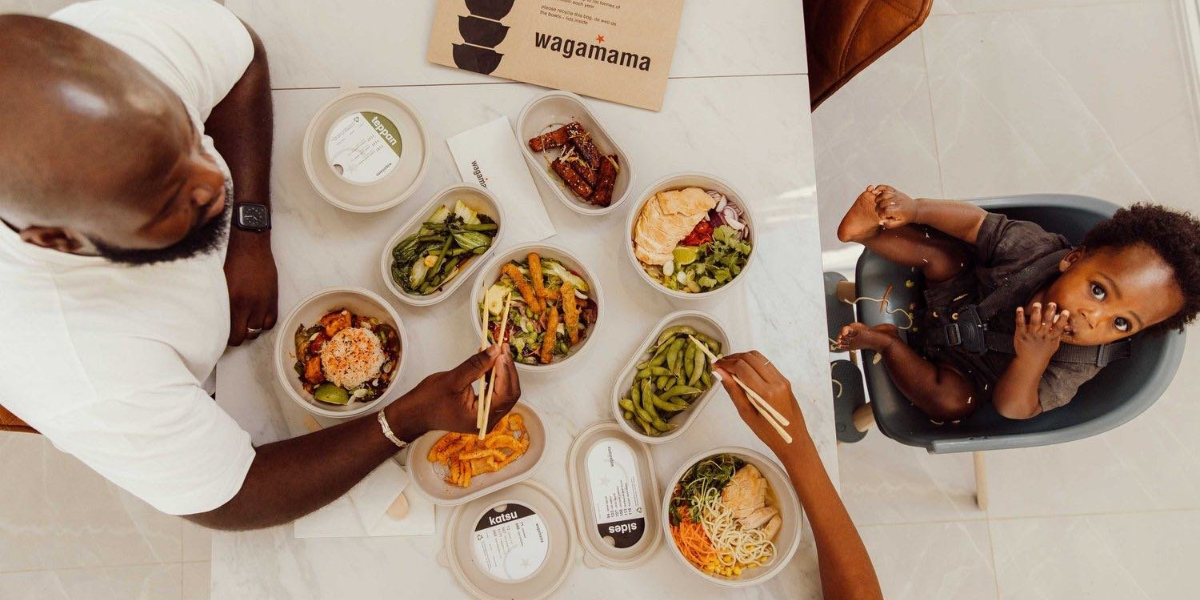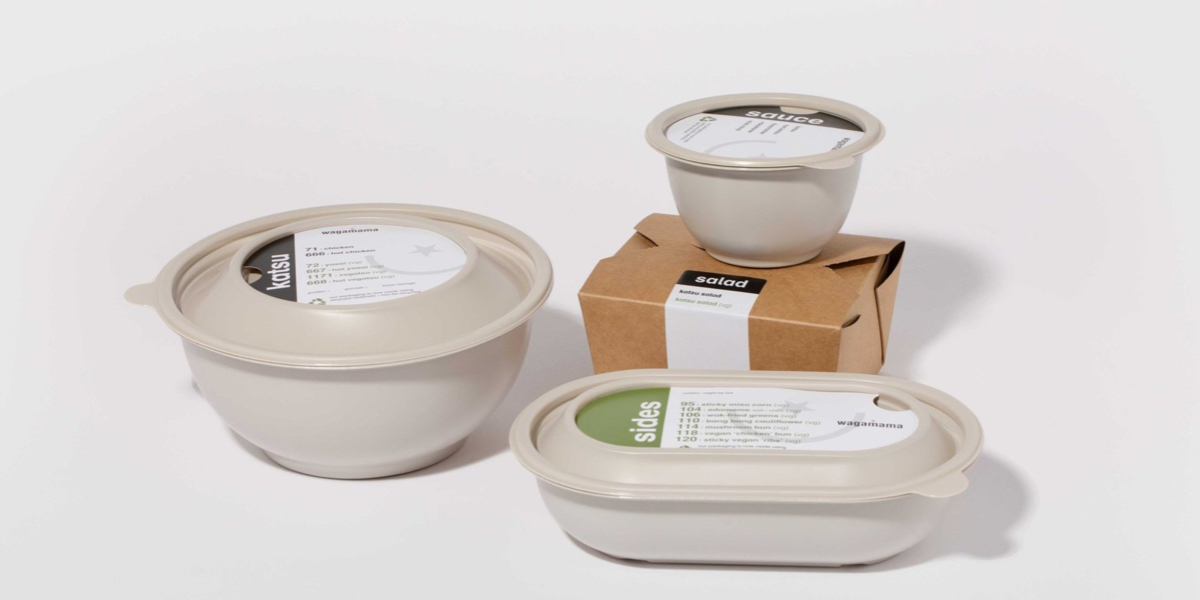AÑO
2023
CATEGORÍA
Comunidad
OBJETIVOS
Industria, innovación e infraestructura, Producción y consumo responsables, Acción por el clima
PAL. CLAVE
restaurants, packaging, eco-friendly, Less Plastic, food packaging
PAÍS
United Kingdom
CRÉDITOS
Morrama
LINK
https://www.morrama.com/wagamama
Designing Out Plastic | Wagamama
New Packaging from Wagamama is estimated to eliminate 330 tons of virgin plastic every year.
How does it work?
In 2021, British restaurant chain Wagamama decided to do something about the single-use plastic used for packaging their takeout orders.
The company hired industrial design studio Morrama to rethink its packaging, and the result will be available across all stores by October. The redesign brings down the number of packaging types from six to three (a versatile bowl, a tray, and a sauce pot). The new items are made of 70% recycled plastic, which is also recyclable at home.
The ramen bowls, previously oversized for effect, are 20% smaller, meaning they use 20% less material, though the amount of ramen stays the same. And everything is significantly lighter in colour, making it more likely to be picked up by scanners at recycling plants.
Morrama used a fairly new kind of material called cPET, previously used only for some frozen meals as it was necessary to maintain the structural integrity of the bowls. (Each time plastic is recycled, it weakens.)
Why is it needed?
In the U.S. alone, take-out food is responsible for 20 million tons of plastic pollution every year, only a fraction of which actually gets recycled. Based on Wagamama’s delivery operations, the new packaging is estimated to eliminate 330 tons of virgin plastic annually.
Where possible, the plastic was removed completely. No more salads in plastic when a cardboard solution would do. The Katsu curry sauce boat was no more. The mains bowl was reduced in size by 20%, reducing the air space inside and keeping the food hotter for longer. These changes cut a fair amount of plastic out straight away. But of course there was still plastic, and, being made from food grade polypropylene (commonly referred to as PP) it meant virgin plastic.
Wagamama bowls have a distinctive form that a lot of the team, and customers for that matter, love. The redesign keeps recognisable elements of the previous packaging aesthetic, whilst giving it a fresh new look.
How does it improve life?
The new bowls can be recycled at home, or dropped off at Wagamama’s “bowl banks,” which will be available in every store by October.
A regular Coke bottle is made of PET plastic (typically virgin, though that’s changing). By comparison, the type of recycled plastic used in these bowls has been crystallized (hence the “c”) so that it can withstand extreme cold and heat—like scalding ramen. Recycled cPET makes up 70% of the new bowl.
But there is more work to be done. A cPET lid wasn’t snapping to the bowl well enough, so Wagamama launched with a regular plastic lid (recyclable and scannable, but made from virgin plastic.) “It’s a bit stronger, and you can’t have ramen that leaks sometimes and doesn’t leak sometimes,” Barnard says.
And it’s not just ramen. The restaurant’s most popular side order, crispy squid, used to come in a perforated foil-lined bag. Morrama has replaced those bags with smaller-size bowls, so there’s less air inside, which helps the food stay hot for longer.





